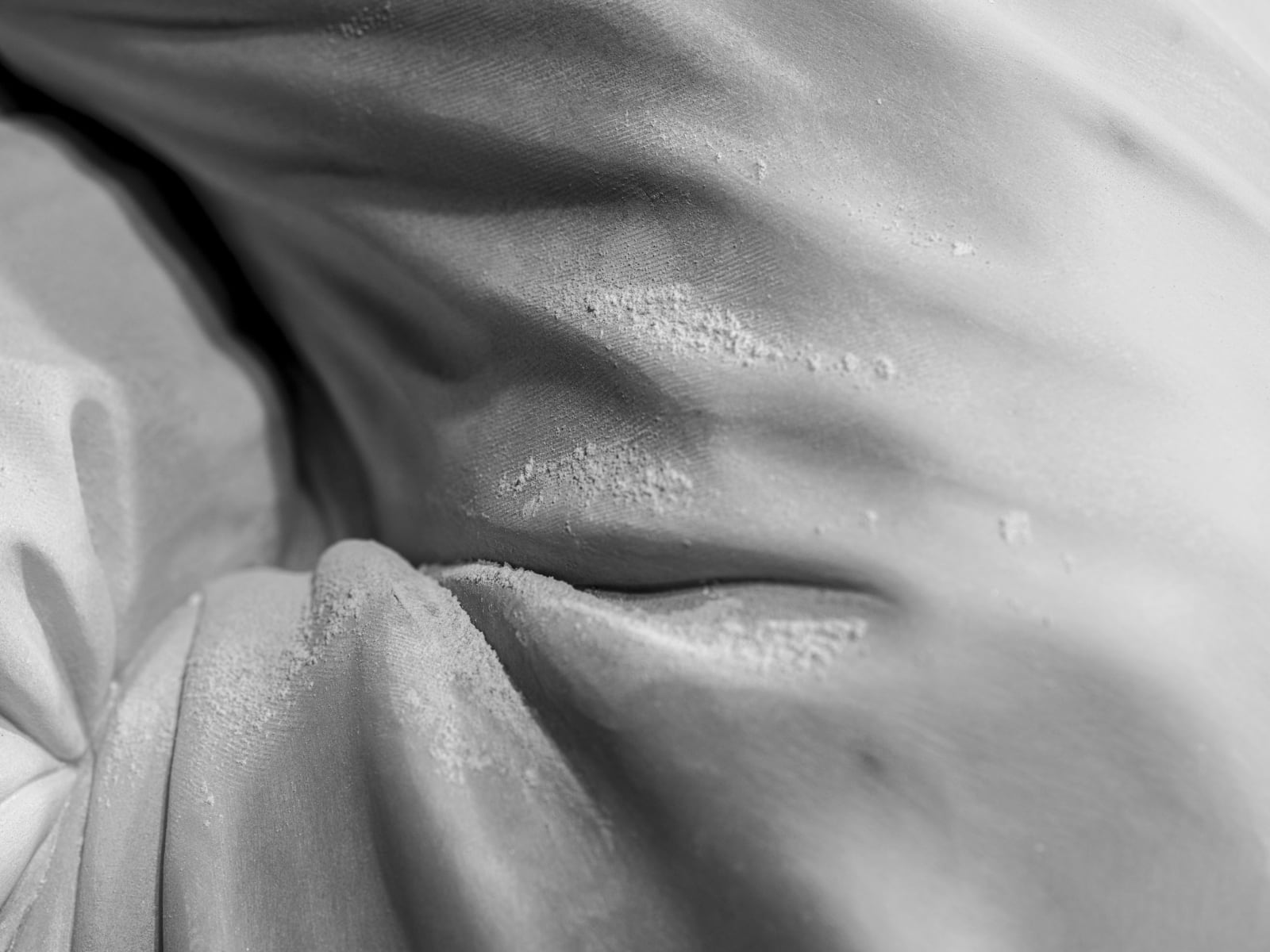When mercy is not only maternal, but profoundly human
The Pietà is born from a gesture, even before it is born from an image.
It is the attempt to hold on to life at the very moment it slips away.
From the Renaissance to today, the Pietà has been the archetype of love that endures beyond death — but here, it takes on a new meaning: it is not only maternal, it is profoundly human.
The face of the sculpture has no features, because it embodies every face. The arms do not hold only a body, but a soul dissolving between the hands.
There is no promise of resurrection, only the suspended time in which pain turns to stone and becomes form — a silence that speaks louder than a thousand words.
Pietà does not repeat the past: it transforms it. It is a call to presence, a monument to empathy, an invitation to rediscover our capacity to feel.
It is the attempt to hold on to life at the very moment it slips away.
From the Renaissance to today, the Pietà has been the archetype of love that endures beyond death — but here, it takes on a new meaning: it is not only maternal, it is profoundly human.
The face of the sculpture has no features, because it embodies every face. The arms do not hold only a body, but a soul dissolving between the hands.
There is no promise of resurrection, only the suspended time in which pain turns to stone and becomes form — a silence that speaks louder than a thousand words.
Pietà does not repeat the past: it transforms it. It is a call to presence, a monument to empathy, an invitation to rediscover our capacity to feel.
